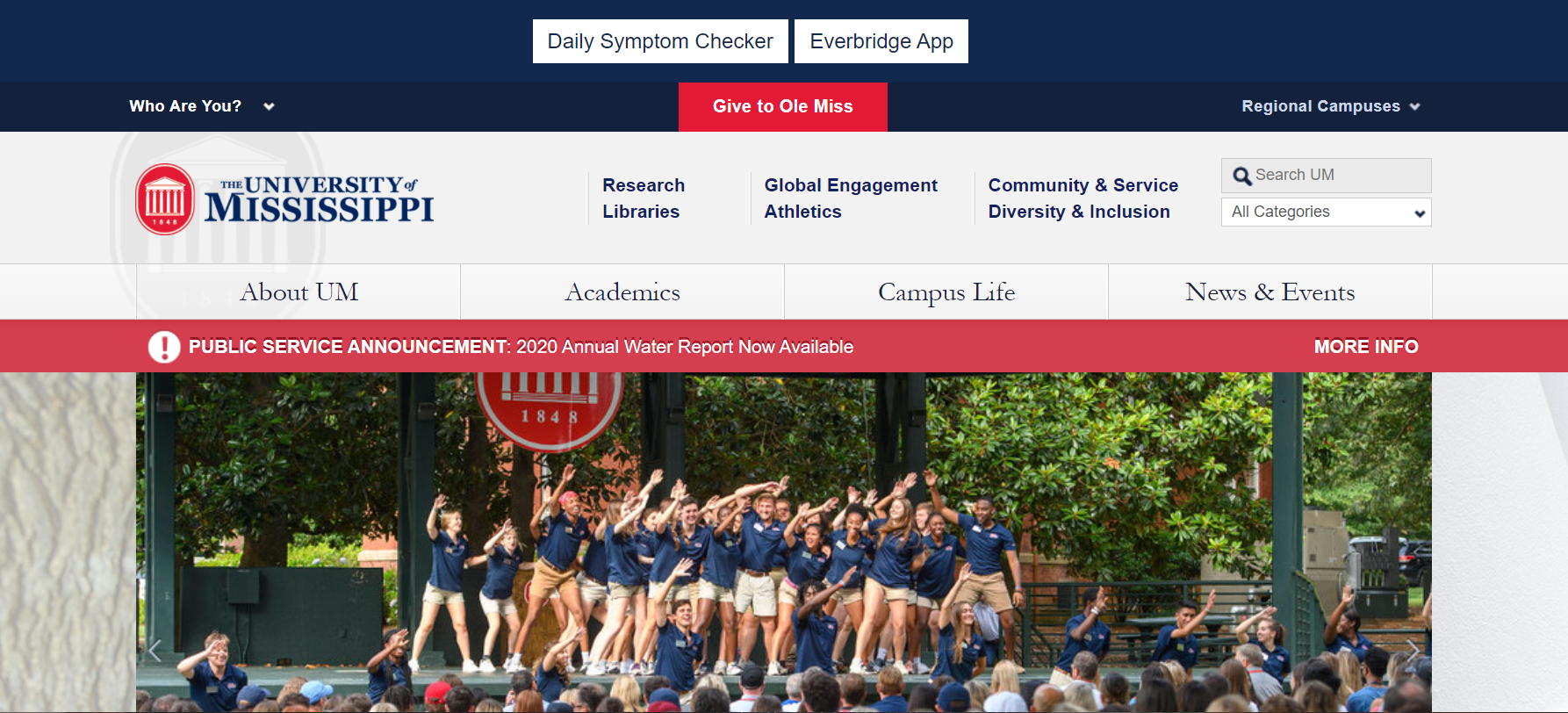Project Summary The 30-year absence of a clinically approved natural product-derived antibiotic with a novel scaffold demonstrates the dire need for unique methods to access new antimicrobial scaffolds and activities. However, the recent surge in scrutiny of microbial genomes provides evidence to indicate that an abundance of chemical scaffolds hidden within nascent biosynthetic pathways (BSPs) remain undiscovered. Predatory myxobacteria have contributed over 600 distinct natural products to the microbial chemical space including 42 novel scaffolds of which 29 exhibit antibacterial or antifungal activities in the last 6 years alone. Myxobacteria exemplify the abundance of untapped chemical space with large bacterial genomes replete with BSPs that typically account for 10% of their total genomic content. However, unlike natural product isolations from other organisms such as plants or marine sponges sequestered directly from competitive surroundings, bacterial extracts from the ecologically robust soil microbiome often omit chemical entities below current detection levels. Instead, bacterial natural products are predominately isolated from axenic cultivation of a producing species removed from community maintenance and competition. We hypothesize that myxobacterial cultivation conditions that induce predation either through supplementation with exogenous quorum sensing molecules (QSMs) or non-axenic, co-cultivation with QSM-producing quarry will result in the production of antimicrobial new chemical entities (NCEs). We intend to establish graduate and undergraduate student-led molecular networking of mass spectrometry datasets collected from the cultivation of 13 myxobacteria using these conditions facilitated by the Global Natural Products Social Molecular Networking (GNPS) open-access platform to efficiently identify resulting NCEs for further antimicrobial assessment. These molecular networking efforts will publically available molecular networks that will represent the chemical space available to QSM- exposed myxobacteria and significantly benefit dereplication and discovery efforts. Our conservative expectation of 1-2 NCEs per investigated myxobacterial predator would provide a total of 13-26 potential antimicrobial NCEs upon completion of the proposed research. Project Narrative Through establishing molecule networks from mass spectrometry datasets of extracts collected from myxobacteria exposed to a panel of predation-inducing quorum sensing molecules, we intend to access novel antimicrobials and unique chemical space produced by cryptic biosynthetic pathways inaccessible under typical, axenic cultivation conditions.

